ANAHÍ VELÁZQUEZ | THE PORTRAITIST. Mexican American photographer channels her creativity through constructed images.
What inspired you to become an artist?
Honestly, I never really thought of myself becoming an artist. I think growing up I just saw my mom take photos of everything. At a certain age, she gave me a camera and that inspired me to take pictures of everything. From there I ended up taking a class in high school and I started doing more conceptual work taking it more seriously. From there on, I was like, ‘This is what I want to do.’ That’s kind of what led me to where I’m at now. I started doing it more artistically and pushing myself to be better.
What medium do you mainly work in?
Photography for the most part. I’ve been doing it for years. So, I’m the most comfortable with it. I do a lot of self-portraits. I like to model, and I put myself in scenarios where I have to pose a certain way or get in a certain headspace. I also draw and paint, but I wouldn’t consider myself an illustrator. My main thing is photography.
What do you aim to showcase in your art?
I like to depict my experiences with life. A lot of art is based off my trauma or problems that I’ve had to face in life. That’s what I aim to show in my art. It’s like a medium for me to speak out about what I’ve been through. And it’s nice if people relate to it, and if not, it’s just mainly for me to cope.
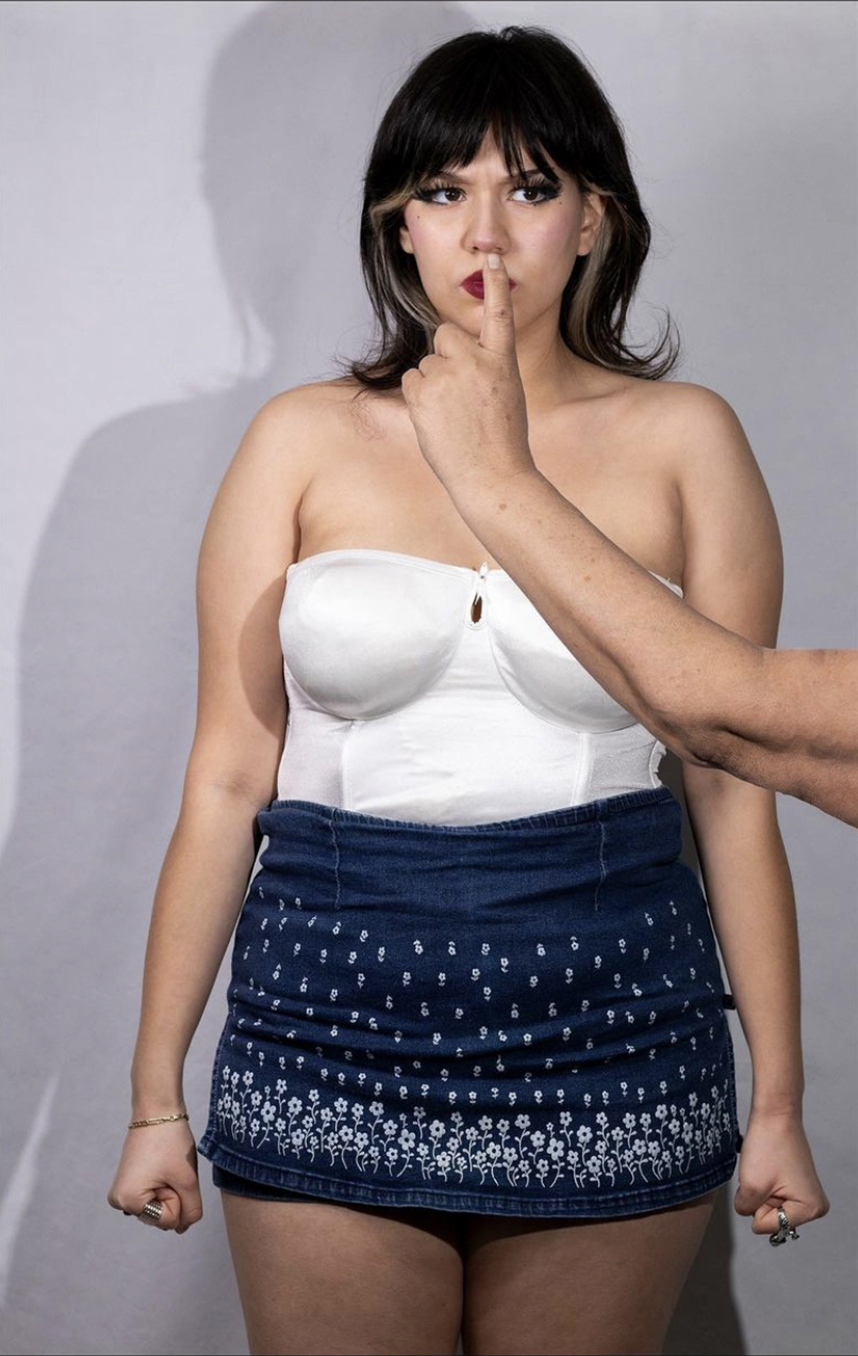
How would you describe yourself and your culture?
I feel like I’m in the middle. Sometimes I don’t feel Mexican and sometimes I don’t even feel American. It’s like limbo/middle ground. I do love my culture, don’t get me wrong. I think I enjoy that aspect a lot more, especially now that I’m older. But sometimes it’s weird.
How has your identity as a Latina influenced your art and passions?
Quite a bit. I’ve done work where it’s about my experience as a woman. Being from Mexican culture, your upbringing is kind of different. I did a series on what it means to be a woman to me. And a lot of it was kind of coming to terms with a lot of the things that we’re told growing up as women like, ‘Calladita te ves más bonita’(You look prettier when you don’t speak,) and ‘Piernas cerradas’ (Closed legs.) I even used my mom’s hands to close my legs on the self-portrait. It was interesting because you grew up hearing that constantly and I feel if I were just American, I wouldn’t have heard that phrase as much.
What is your inspiration or motivation?
I would say my parents. I feel it’s hard to make them proud. But deep down, that’s always going to be the motivation. To make them proud and happy to have me as their daughter. Also, art in general inspires me. Sometimes seeing art inspires me to make my own art.
What is it like being a Latinx artist in Chicago? How has it shaped you as an individual?
In a sense, it’s kind of different. I have different things to contribute to the art scene. That part is cool. I think it’s really important for Latinx and people of color to speak out about their experiences. Especially in the art world because it’s exclusive sometimes. That’s important and that shapes me to speak out more about what I see or what I feel.
How do you make your art accessible to an audience?
I mainly use social media — that’s one of my biggest tools. I do occasionally have shows, and I like to have them open to the public. That’s the main way that I go about it. I’ve been on a couple of group shows at a woman-made gallery in Pilsen. I also showcase a lot of work at my school, St. Xavier University. Right now, I have a residency going on in Agitator Gallery in Logan Square. The fun part about that is that I’m curating a group show. I get to pick people and it’s a bunch of my friends.
“What’s missing from the art world is more perspectives from Latinx and people of color.”
What do you think is missing from the art world and what does your art provide? How does it fit that space or gap?
What’s missing from the art world is more perspectives from Latinx and people of color. I think for the longest time it’s just been European or white people. With modern art you see that a lot more and there’s a little bit more diversity. I think that’s what’s missing, and we just need to keep pushing in everything. Anything art related we should shine and be heard. That’s part of how I feel, especially with that one series I did—what it’s like growing up as a woman.
What are the challenges that you face?
Sometimes motivation. Also, just balancing out everything. I can’t live off my art yet. So, I have to balance out having a way to survive and do art at the same time. I think that’s the biggest struggle. I currently work in retail.
What do you think of the term Latinx to identify people of Latin American or Spanish backgrounds?
It’s not a term that I use to identify myself. I know people use it, I think I’m open to it, but it’s not something that I’ve regularly used myself. I identify as mestiza—a mix of Spanish and indigenous.
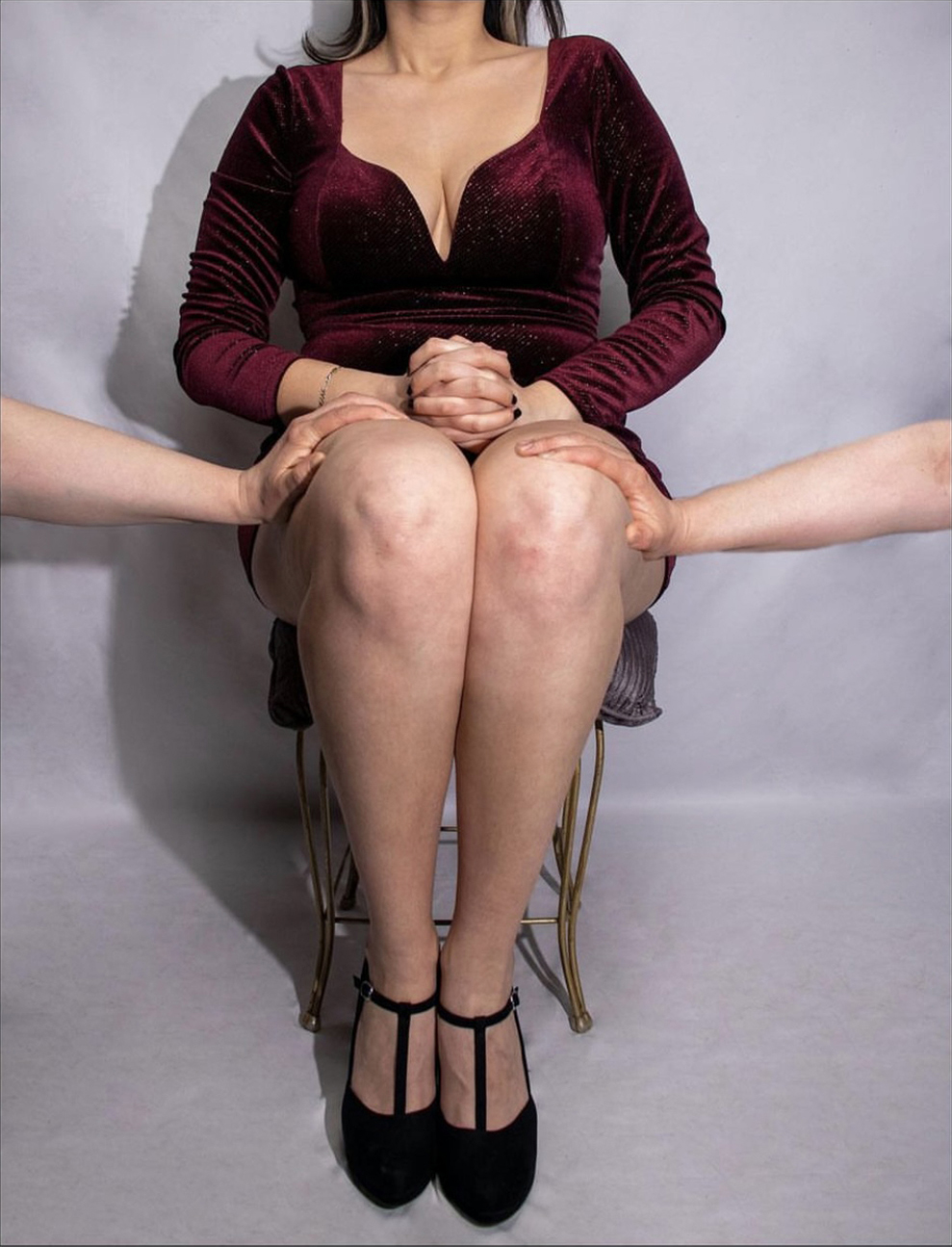
What do you think about people who’ve said ‘Latinx’ is hard to pronounce in Spanish and they prefer Latine?
I see where they were coming from. I think they just wanted it to be more inclusive. But it is hard, because you’re brought up learning “Latina” or “Latino.” It’s very gender specific. Maybe if you grew up just hearing that term, it’ll be easier to consume. It’s just something that you have to kind of train yourself.
Who is your target audience? How do you want your art to be received?
My audience is kind of broad. I don’t know if I have like a specific one that cater to or think about. I think I just make it for myself. And then if people relate to it, that’s cool. I mainly just do it for me to come to terms with things.
How do you build your platform as an artist? Do you use social media?
Yes, a lot. I think I mainly have used Instagram. I’ve thought about using TikTok just because a lot of people are out there. I have a TikTok, but I use it just for fun. If I do ever go that route, I’d want something separate. That’s what I did with my Instagram for my art. I have two different accounts. I noticed when people followed me, on my main account, they just wanted to see pictures of me. And when I would post my art, I wouldn’t get as much attention or reaction. That’s why I like to keep it separate because then I have a following for my art on its own. And the people that follow that account do care, they are interested.

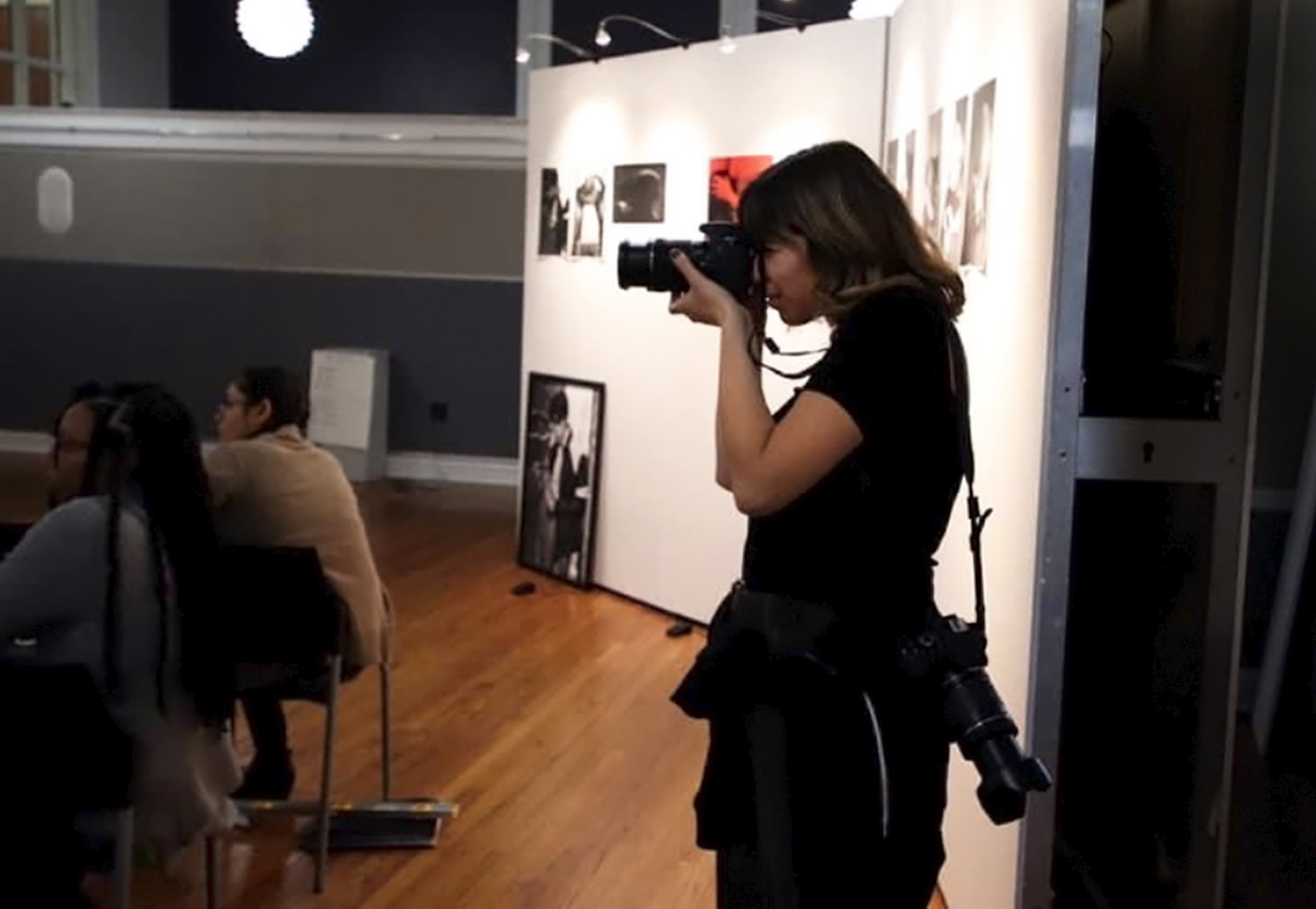

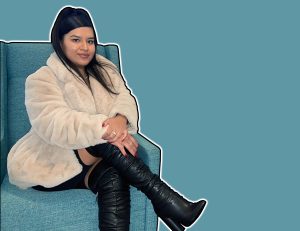
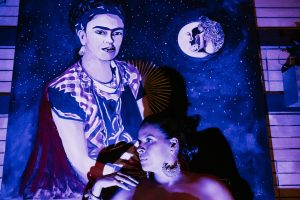
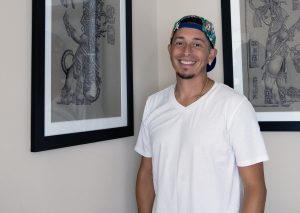
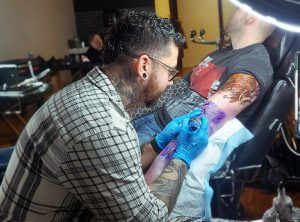
Be First to Comment